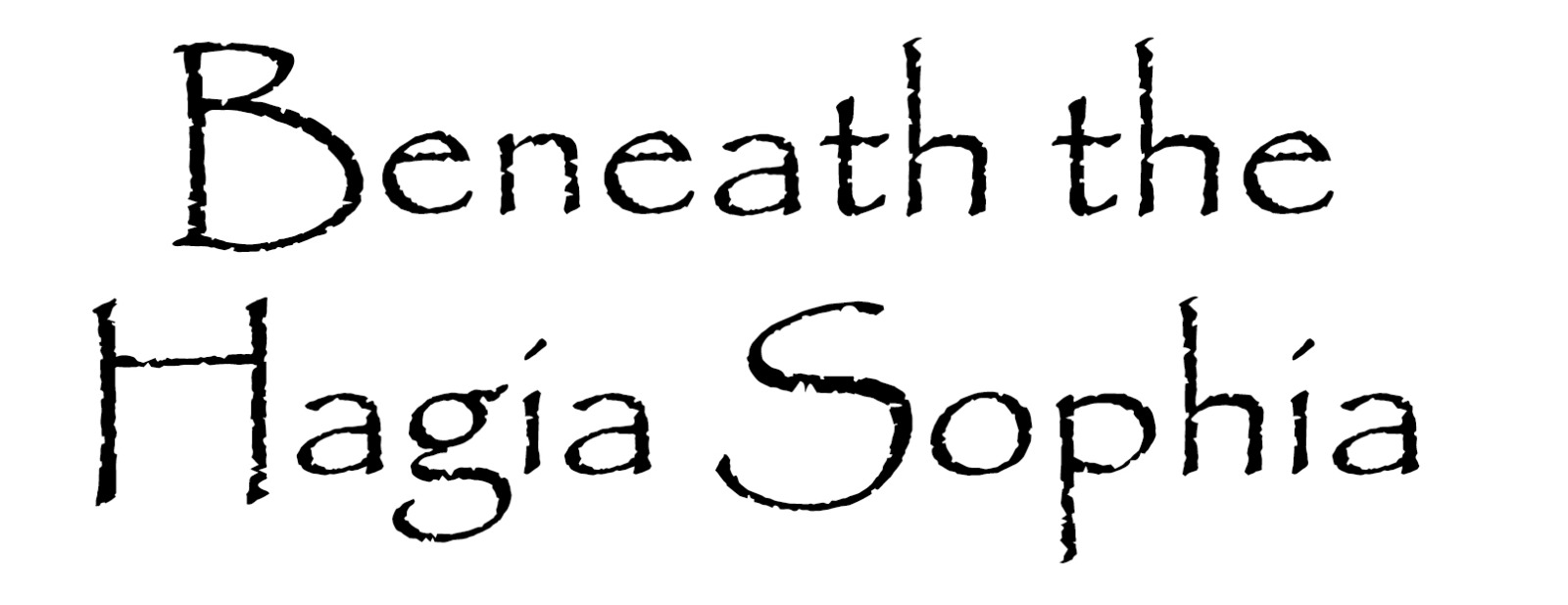Some places gain importance because they are old, some because they have witnessed events that have shaped history, some because they are a religious center, and some because of their beauty. Hagia Sophia is one of the most important places in the world that embodies all these features. Because of these features, over 4 million visitors visit Hagia Sophia every year.
Hagia Sophia has two faces; the one that people see and the one they do not. In its unseen face, places where no one has entered for centuries are hidden. And the places that have not been entered before, host the secrets of Hagia Sophia.
Even though some of the dungeons beneath it have become inaccessible due to earthquakes and collapses, Hagia Sophia has prepared rewards for those who face difficulties. A documentary called “Beneath the Hagia Sophia” was made to reach these hidden places, investigate the truth of the existing legends about them, and receive the rewards it will offer.
Work on the documentary has been ongoing since 1998. The first well/cistern dives were carried out in 1998 with a diving team consisting of Levent Karataş, Ozan Çokdeğer, Kenan Ergüç, and Engin Aygün. Research continued in light of the data obtained. Work was paused due to the scaffolding set up for the dome’s restoration blocking the entrances to some of the dungeons and wells
In 2009, the documentary team returned to Hagia Sophia and exploratory trips were made in the dungeons of Hagia Sophia. During the exploration studies carried out with the caving team consisting of Yaman Özakın, Emrah Çoraman, Barış Kurt, Pelin Kurt, and Aydın Menderes, many hidden truths about Hagia Sophia were revealed.
For example; the Hypogeum room, which has different opinions in many sources about whether it exists or not, was found and its footage was taken. Clarity was brought to the subject of the “cistern large enough for a galleon to sail in” under Hagia Sophia. In the wells, what was sought could not be found, but a surprise was encountered along with unexpected objects. A corpse/skeleton, which was buried in a place that no one knew in Hagia Sophia and about which there was no literature, was found. It was clarified why ramps were used in the building instead of stairs, etc.
The scope of the research was not limited to Hagia Sophia. Research was conducted on the legend of the tunnels that pass under Hagia Sophia and extend to the Prince Islands after touring Istanbul. It was accepted that the tunnels under Hagia Sophia may have become unusable due to collapses and constructions. Research dives were carried out around the Islands to find the remains at the other end.
The available footage and information were compiled, but it was decided that the quality of the shots in the tunnels was insufficient. The teams regrouped. In December 2012, director Göksel Gülensoy, who had been trained in caving for 2 years, joined the caving team on an exploration trip. During the shootings made between December 10 – 17, 2012, more clear and detailed shots were taken with new cameras by entering not only the dungeons but also the wells in the garden of Hagia Sophia. This documentary, which interests not only the documentary audience but also the scientific world to the same extent, took the most detailed images of these places and findings that are not easily accessible.
A short section, which is a summary of the documentary, was shared at a special screening at Los Angeles – LACMA (Los Angeles Country Museum of Art) and received great praise. With the completion of post-production, the film will take the world stage,
